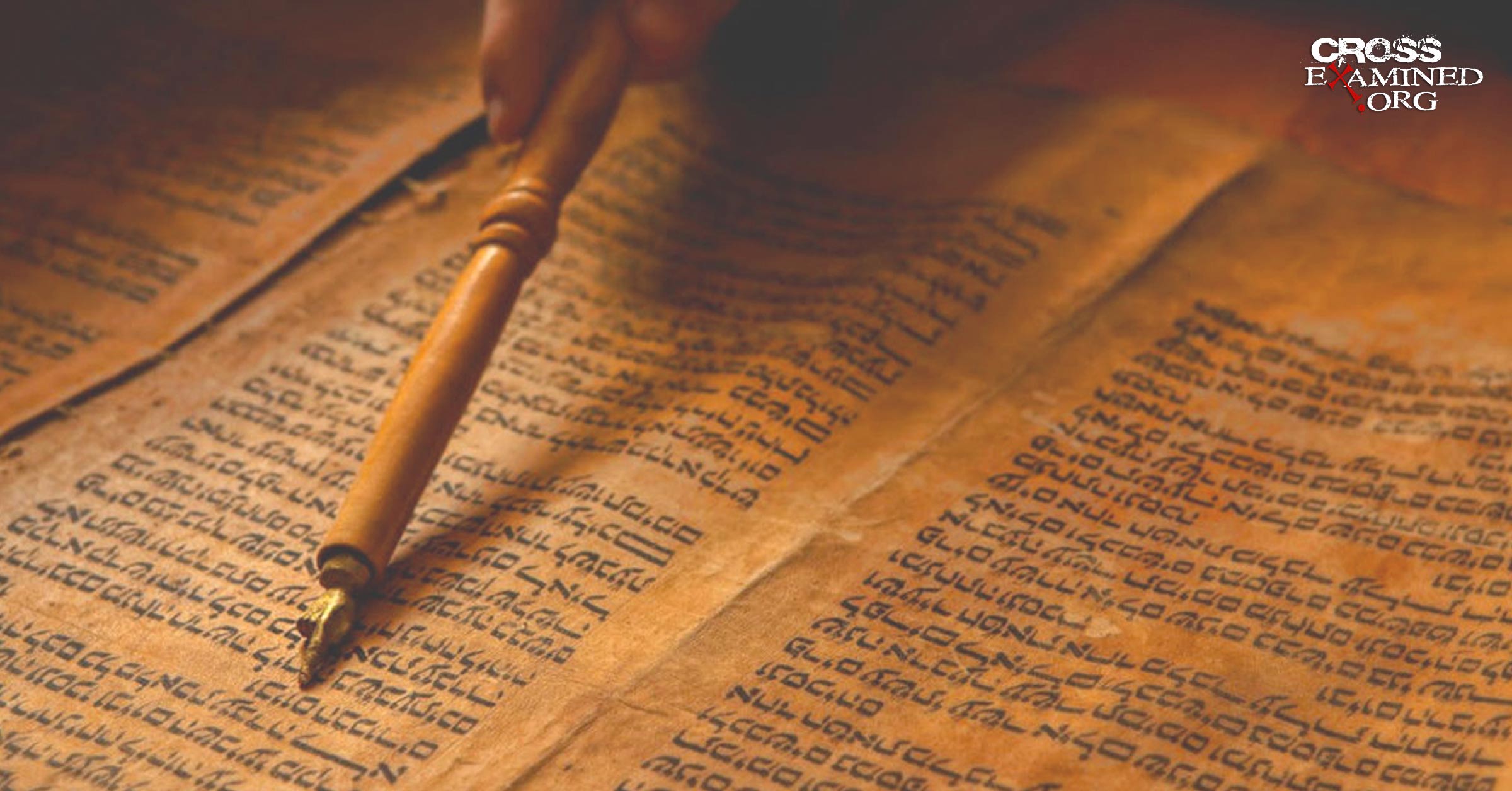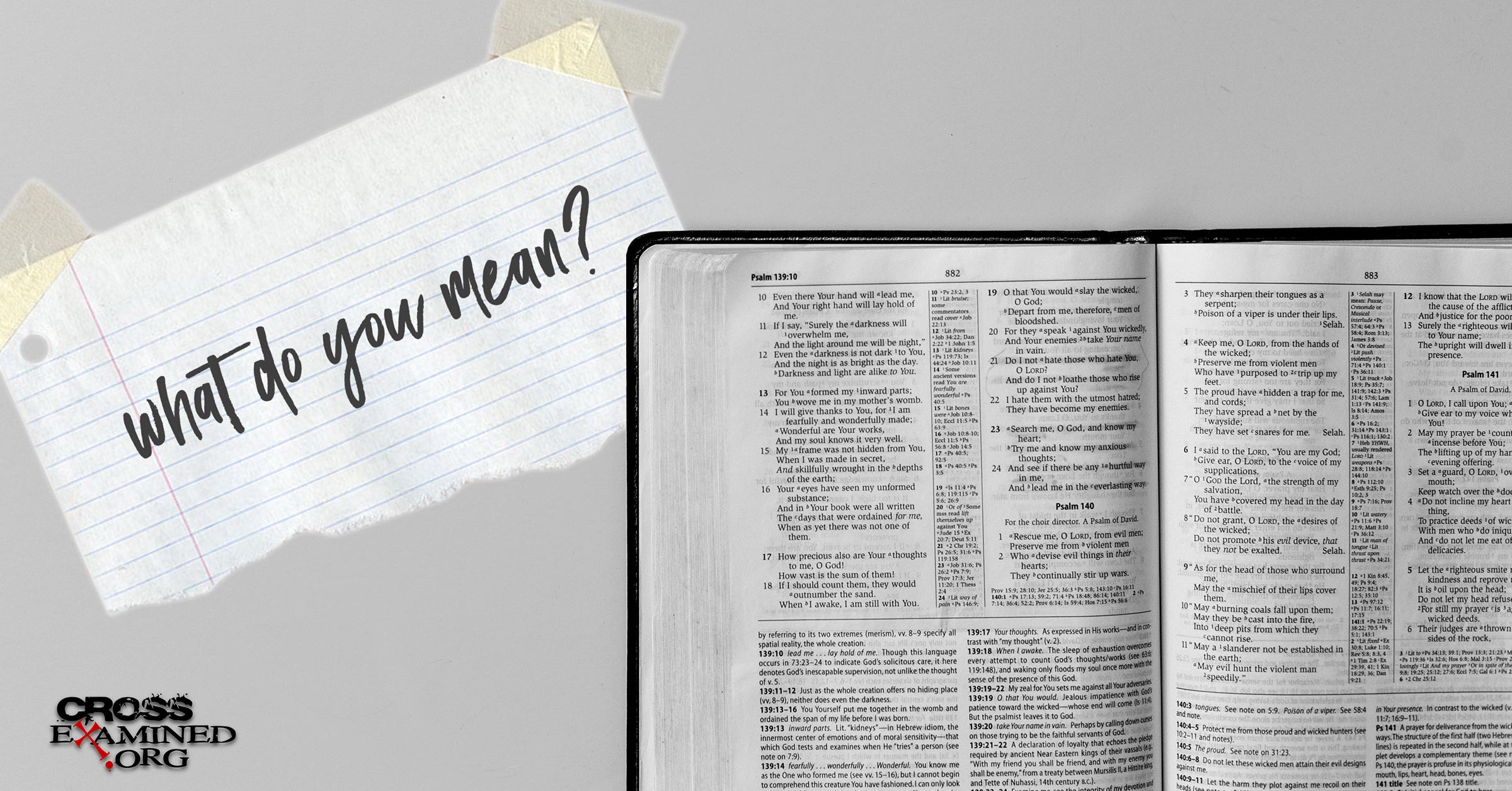There are two opposing ways to view the history of the canon. One would be to believe that the church, in its entirety, uniformly accepted all twenty-seven books of the New Testament as canonical from the very beginning. The other would be to suggest that the canon didn’t exist until an arbitrary church vote in the fourth or fifth century.
While either view might fit one’s preconceived agenda, the fact of the matter is that both views are terribly naive. The truth is, neither adequately deals with what history tells us.
I believe there’s a better, more balanced approach to the canon. It’s one that recognizes the canon’s development wasn’t as neat and tidy as some conservative scholars might think. Yet at the same time, it wasn’t a wild free-for-all like some other liberals suggest.
Instead, we find that the church affirmed a majority of the New Testament books at the beginning stages of Christianity. We might call these books the canonical core. Then as time progressed, the church, likewise, affirmed the peripheral books of the canon. To demonstrate this balanced approach, I want to highlight some of the early canonical lists from the first few centuries.
Irenaeus (AD 180)
While earlier church fathers quote New Testament books as Scripture, our first clear canon list comes from the Bishop of Lyons, Irenaeus. While he doesn’t include all twenty-seven books, Irenaeus gives us most of the New Testament. His canon includes:1Michael Kruger, The Canon Revisited, 228.
- Matthew
- Mark
- Luke
- John
- Acts
- Romans
- 1 Corinthians
- 2 Corinthians
- Galatians
- Ephesians
- Philippians
- Colossians
- 1 Thessalonians
- 2 Thessalonians
- 1 Timothy
- 2 Timothy
- Titus
- Hebrews
- James
- 1 Peter
- 1 John
- 2 John
- Revelation
While Irenaeus’ list excludes four New Testament books (Philemon, 2 Peter, 3 John, and Jude), his list is impressive nonetheless. He’s clear on the Gospels as evidenced by his famous yet unscientific quote, “It is not possible that the gospels can be either more or fewer than the number they are. For, since there are four zones of the world in which we live and four principle winds.”2Irenaeus, Against Heresies, 3.11.8.
Moreover, his list contains the entire Pauline corpus (minus Philemon), Revelation, and about half of the shorter general epistles.
Muratorian Fragment (AD 180)
Named after its discoverer, Ludovico Antonio Muratori, this canonical list dating to the later part of the second century also confirms a core group of canonical books. The list includes:
- Matthew
- Mark
- Luke
- John
- Acts
- Romans
- 1 Corinthians
- 2 Corinthians
- Galatians
- Ephesians
- Philippians
- Colossians
- 1 Thessalonians
- 2 Thessalonians
- 1 Timothy
- 2 Timothy
- Titus
- Philemon
- 1 John
- 2 John
- Jude
- Revelation
Notice the similarity to Irenaeus’ list. Both include the four Gospels, Acts, and the entire Pauline corpus. It also includes 1 and 2 John and Revelation.
It’s worth noting that the Muratorian Canon includes the Apocalypse of Peter but with the caveat, “though some of us are not willing for the latter to be read in church.”3Muratorian Fragment, Line 72. Additionally, the fragment rejects the Shepherd of Hermas because it was written “quite recently, in our own times” and thus not backed by apostolic authority.4Muratorian Fragment, Line 74, 80.
There’s an important observation here. Both Irenaeus and the Muratorian Fragment indicate that the early church agreed on the core New Testament canon. And with that core agreement came an established theology.
Think about it. Almost all of Christian theology can be established using the four Gospels, Acts, Paul’s letters, 1 John, and Revelation. Not to downplay the importance of books like 3 John or Jude, but Christian theology doesn’t hang in the balance without them. This canonical list, then, should give us confidence that the early church agreed on key Christian doctrines (Trinity, creation, fall, salvation through Christ alone, the deity of Christ, etc.).
Eusebius (AD 320)
While much canonical development occurred over the next hundred years — especially with Clement of Alexandria and Origen — we now turn our attention to Eusebius of Caesarea. Known for writing the first church history, Eusebius gives us a canonical list recognized by the church. What’s interesting about his list is that he breaks it down into four distinct categories.5Eusebius, Church History, 3:25.
The Recognized Books
This list includes the books universally received by the church:
- Matthew
- Mark
- Luke
- John
- Acts
- Romans
- 1 Corinthians
- 2 Corinthians
- Galatians
- Ephesians
- Philippians
- Colossians
- 1 Thessalonians
- 2 Thessalonians
- 1 Timothy
- 2 Timothy
- Titus
- Philemon
- Hebrews
- 1 Peter
- 1 John
- Revelation
Disputed Books
Some disagreement surrounded the following books:
- James
- 2 Peter
- 2 John
- 3 John
- Jude
While Eusebius included these books in his disputed list, he makes an important statement about their validity. He writes that these books “are disputed yet known to most.”6Eusebius, Church History, 3.25. In other words, Eusebius indicates that most regarded these books as canonical even if a few were doubtful. Therefore, we shouldn’t think that most were on the fence with respect to these books — just a small minority.
What we find here, then, is the complete New Testament canon when you combine both the recognized and disputed books. The recognized books are essentially the same canonical core from the second century, plus the disputed books which most recognized as canonical.
Spurious Books
These books were ones that early Christians found helpful, but not canonical. They included:
- Acts of Paul
- Shepherd of Hermas
- Revelation of Peter
- Epistle of Barnabas
- Didache
- Gospel of Hebrews
These books would have been considered orthodox in their theology (much like a modern book by an orthodox Christian writer), but they weren’t backed by apostolic authority, and thus not canonical.
Heretical Books
These books were universally rejected by the early church:
- Gospel of Peter
- Gospel of Thomas
- Acts of Andrew
- Acts of John
- Gospel of Matthias
Eusebius goes so far to argue that these books “ought not be reckoned even among the spurious books but discarded as impious and absurd.”7Eusebius, Church History, 3:25. His sentiments seem to fly in the face of modern liberal scholars who argue that the Gospel of Thomas is just as credible and authoritative as our four Gospels.
The Canon and Beyond
Following Eusebius, Athanasius gives us our precise twenty-seven book New Testament in his Festal Letter (AD 367). Additionally, regional church Synods at Hippo (AD 393) and Carthage (AD 397) both affirm the twenty-seven book New Testament canon.
You might ask what took so long to get all twenty-seven books affirmed? There could be a couple of reasons for the delay.
First, the peripheral books were generally shorter and made less of an impact on the church than the core books. It’s not hard for us to see how the church read Romans or Luke more than 3 John. For this reason, peripheral books didn’t circulate around the Roman Empire with the same frequency as the core ones. The truth is, many in the early church probably never read Jude or 3 John.
Another possible reason for the peripheral book’s late acceptance is the persecution of the early church. For example, in AD 303, Emperor Diocletian ordered all Christians to sacrifice to the pagan gods and to hand over all their biblical texts to be burned. It’s easy to see how Christians couldn’t just circulate their books willy-nilly.
Once Constantine legalized Christianity (AD 313); however, Scripture circulation came much easier. And quickly after that, we start finding complete canon lists.
So, did the early church have a neat and tidy agreed-upon canon at the end of the first century? No. But was the canon like the wild-wild West? No again. Instead, the church recognized a core canon from the very early stages, and they came to recognize the peripheral books later once all the books had time to circulate the Empire.
Ryan Leasure Holds a Master of Arts from Furman University and a Masters of Divinity from the Southern Baptist Theological Seminary. He currently serves as a pastor at Grace Bible Church in Moore, SC.
Original Blog Source: http://bit.ly/2OsHxhX


